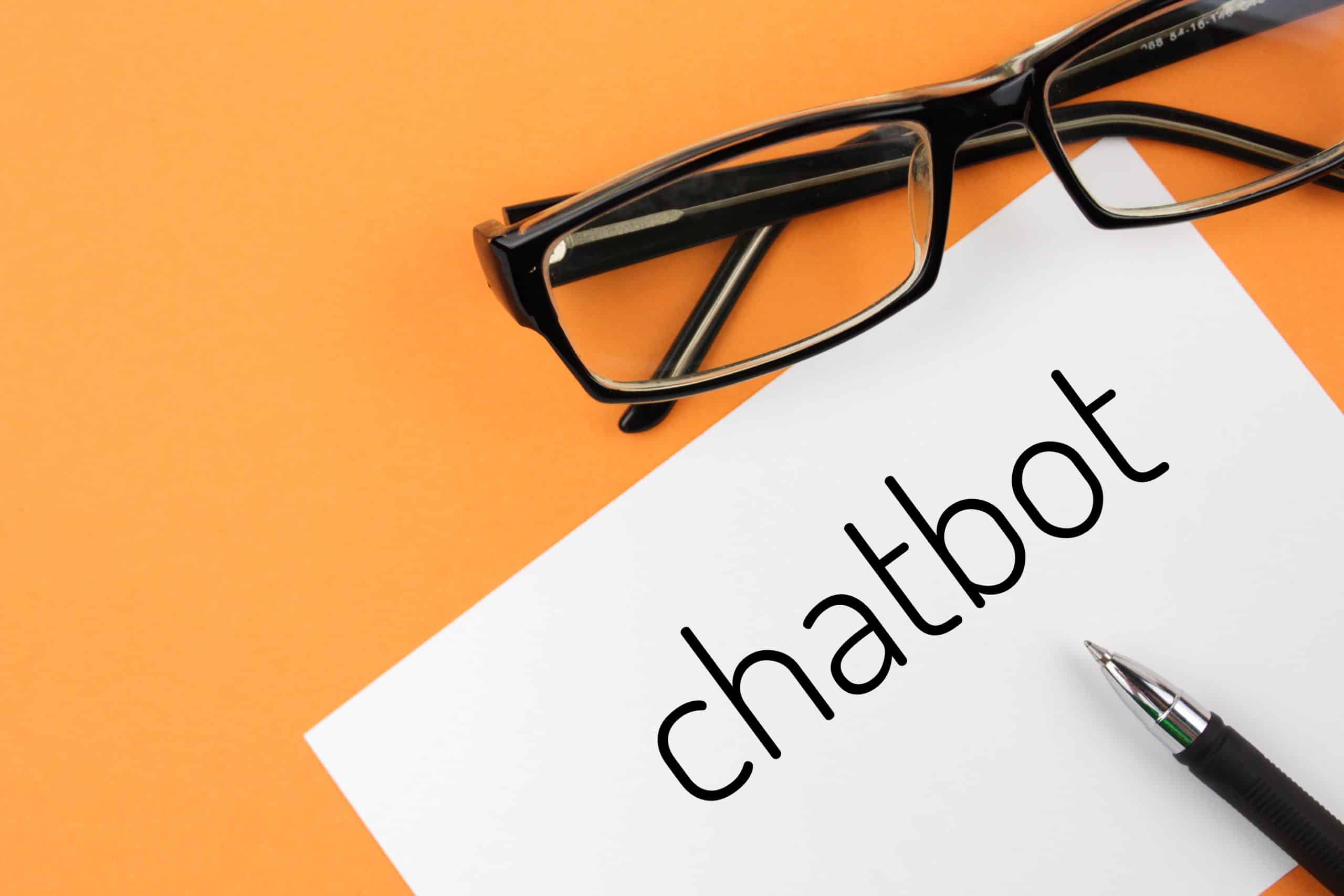What are the different types of chatbots ?

Since their emergence in the 1960s, chatbots have undergone a rapid evolution from simple rule-based programs to sophisticated artificial intelligence systems. Today, these conversational virtual assistants come in a multitude of types, each meeting specific needs and goals.
Rules-based chatbots
Rules-based chatbots are a simple and effective solution for automating simple, repetitive tasks in customer service or virtual assistance. Go to this site to find out more.
Sujet a lire : Can Virtual Reality Enhance Empathy Training in Healthcare Professionals?
Features
These chatbots operate by following a set of predefined rules, similar to a decision tree. Each rule corresponds to a specific question or query from the user and triggers a predetermined response.
However, their ability to understand natural language is limited. They can only handle simple questions and requests, formulated explicitly and corresponding to defined rules.
Sujet a lire : Unlocking success: 10 striking product advertisement examples
Applications
Despite their limitations, rule-based chatbots find their utility in simple applications such as basic customer service. at this level, they intervene to answer frequently asked questions (FAQ) about a company's products, services or procedures. They are also excellent virtual assistants for basic tasks such as: booking an appointment, ordering a product, or providing simple information.
Keyword-Based Chatbots
Keyword-based chatbots offer a more flexible and efficient solution for managing more complex and contextual interactions. They make it possible to automate more varied tasks and provide a smoother user experience.
Features
Unlike rule-based chatbots, these systems use keywords to identify user intent. They analyze input text and extract relevant keywords to trigger predefined responses.
Natural language understanding is more flexible than rule-based chatbots. They can handle more complex questions and queries, as long as they contain the expected keywords.
The generated responses remain predefined, but can be more contextual and adapted to the identified keywords. They can also include dynamic elements, such as the user's name or specific information extracted from the context of the conversation.
Applications
With their increased flexibility, keyword-based chatbots find use in broader applications, such as more comprehensive customer services. At this level, they can answer a wider range of questions about a company's products, services or procedures, including more complex or contextual questions.
They are also virtual assistants for more complex tasks like planning a trip, searching for specific information, or providing technical assistance for complex issues.
Chatbots based on statistical models
Chatbots based on statistical models represent a significant advancement in the field of conversational artificial intelligence. They enable more sophisticated, personalized and contextual user experiences.
Features
These chatbots rely on statistical models to analyze natural language and identify user intent. They use natural language processing (NLP) techniques to extract the meaning of sentences, analyze relationships between words and identify entities (proper names, dates, places, etc.).
Natural language understanding is significantly superior to rule- or keyword-based chatbots. They can handle complex sentences, contextual questions and ambiguous queries.
The responses generated are dynamic and contextual. They adapt to the meaning of the sentences, the entities identified and the history of the conversation. They may also include personalized information based on user data.
Applications
Thanks to their remarkable sophistication, chatbots based on statistical models find their use in more demanding applications, notably customer services. They are therefore able to manage complex and contextual conversations, answer in-depth technical questions and resolve complex problems.
They are also designed to adapt to the needs, preferences and habits of each user, offer personalized recommendations and provide a fluid and personalized user experience.
Machine learning-based chatbots
Machine learning-based chatbots represent the future of conversational artificial intelligence. They pave the way for more natural, personalized and efficient interactions, promising to revolutionize the way we interact with technology.
Features
These chatbots use machine learning techniques, such as deep learning, to continually improve their understanding and response capabilities. They analyze large amounts of conversation data, identify patterns and learn to generate more relevant and contextual responses.
Natural language understanding is state-of-the-art. They can handle open conversations, understand the implicit meaning of sentences, manage complex dialogues and adapt to the context of the discussion.
The responses generated are natural, fluid and contextually relevant. They adapt to the user's tone and style, incorporate personalized information and can even generate creative or humorous responses.
Applications
With their advanced artificial intelligence, machine learning-based chatbots are paving the way for revolutionary applications. They are able to lead open and natural discussions with users, provide personalized assistance, and create an immersive user experience.
Their ability also extends to completing complex tasks in natural language, managing calendars, booking travel, ordering products and services, and providing a smooth and intuitive user experience.
Hybrid chatbots
Hybrid chatbots represent a promising approach for creating efficient and versatile virtual assistants. They make it possible to combine the strengths of different technologies to offer a complete user experience, personalized and adaptable to various contexts.
Features
Hybrid chatbots combine the strengths of different types of chatbots, such as rule-based chatbots, keywords, statistical models, and machine learning, to combine their benefits. They leverage the strengths of each approach to provide a more complete and flexible user experience.
Language understanding is broad and adaptable. Hybrid chatbots can handle simple and complex questions, adapt to different language styles, and handle contextual conversations on a wide range of topics.
The responses generated are dynamic, contextual and personalized. They adapt to the user's intent, the context of the conversation and the user's individual data. They can also integrate elements of different types of chatbots, such as menus for simple tasks or machine learning-generated answers for complex questions.
Applications :
- Comprehensive, omnichannel customer support solutions.
- Multitasking virtual assistants capable of accomplishing a wide variety of tasks.
Conclusion
Choosing the type of chatbot depends on several factors, such as specific goals, available resources, and user needs. Each type has its own advantages and limitations, and it is often necessary to combine several approaches to create an effective and efficient chatbot.
